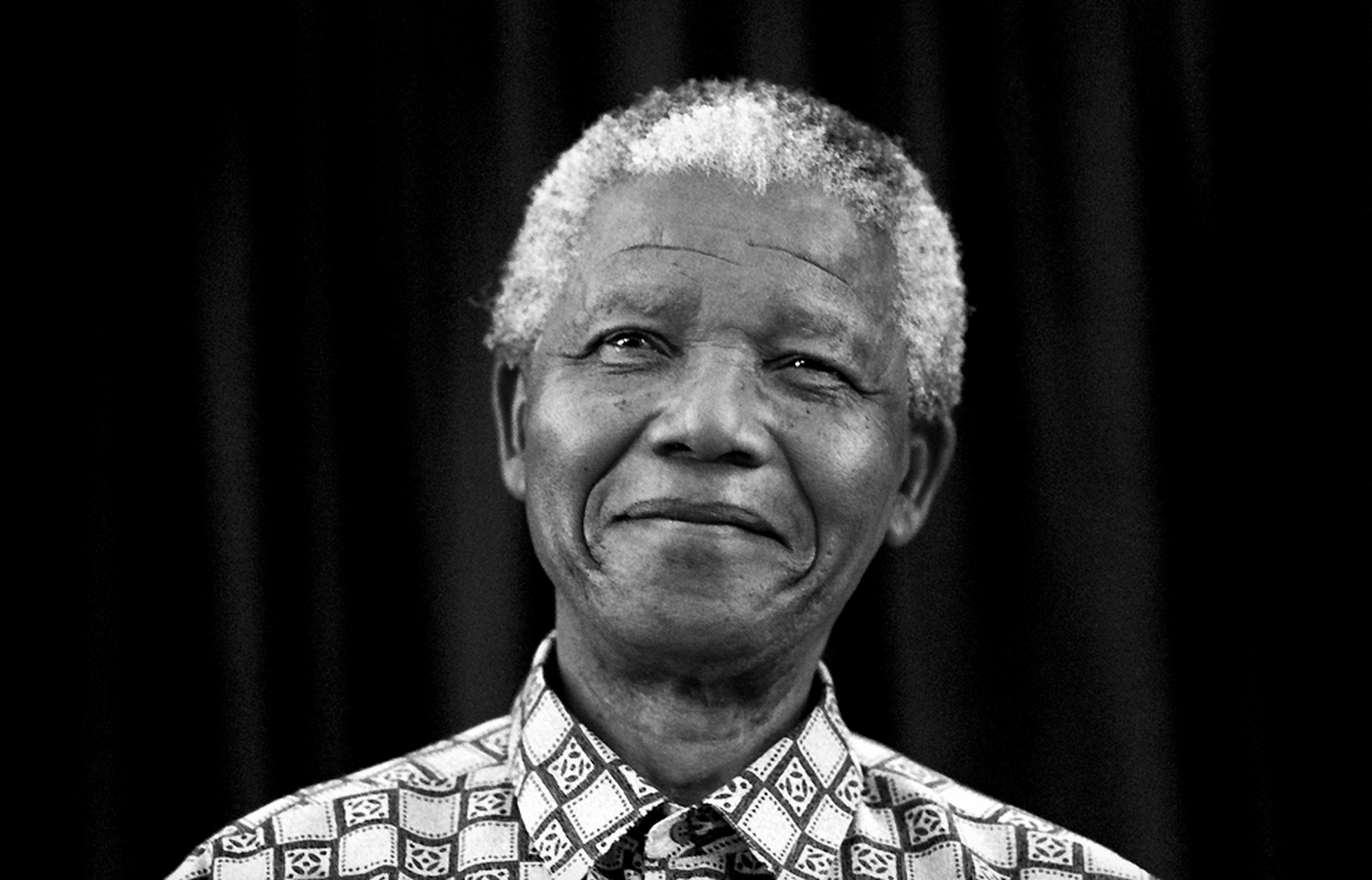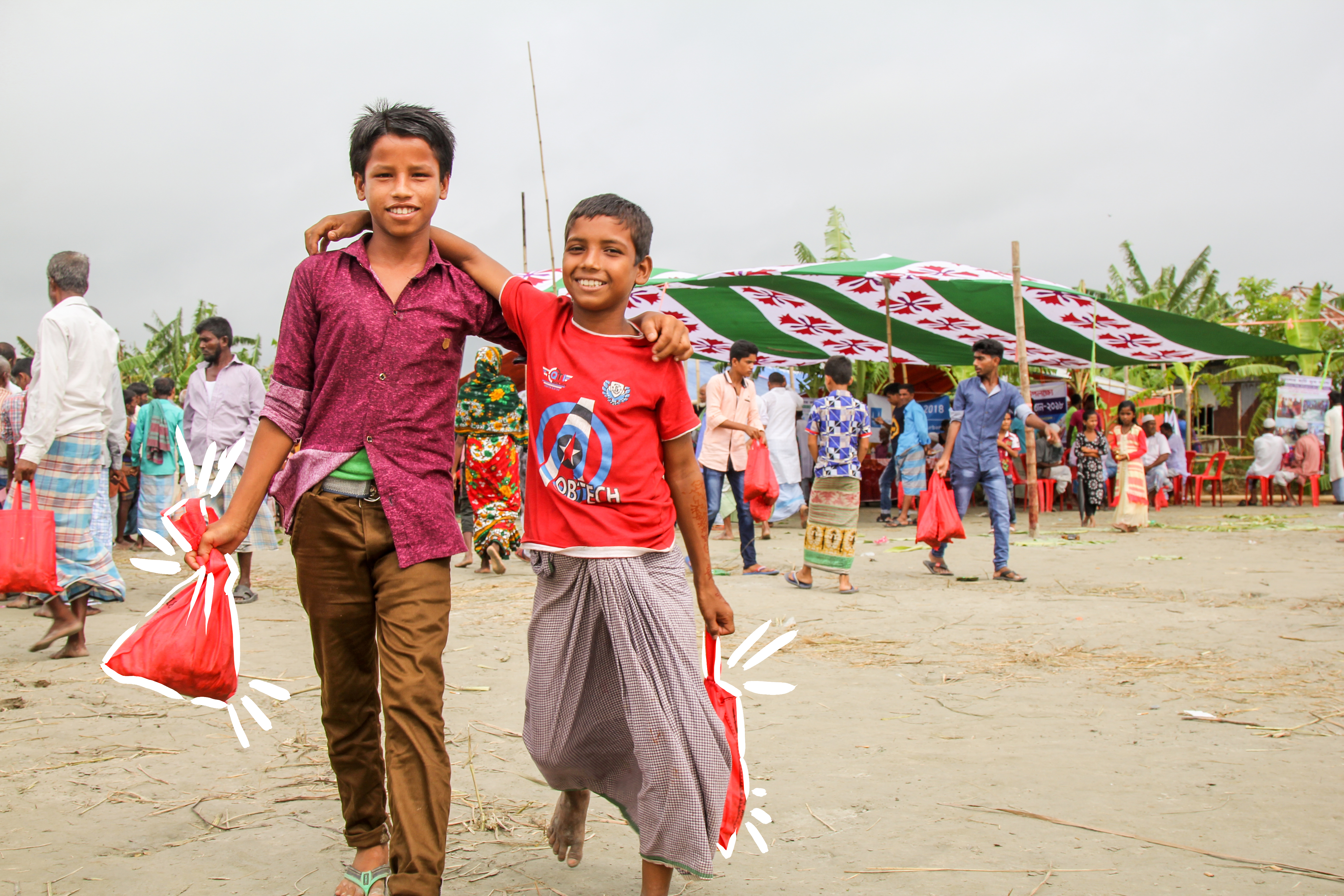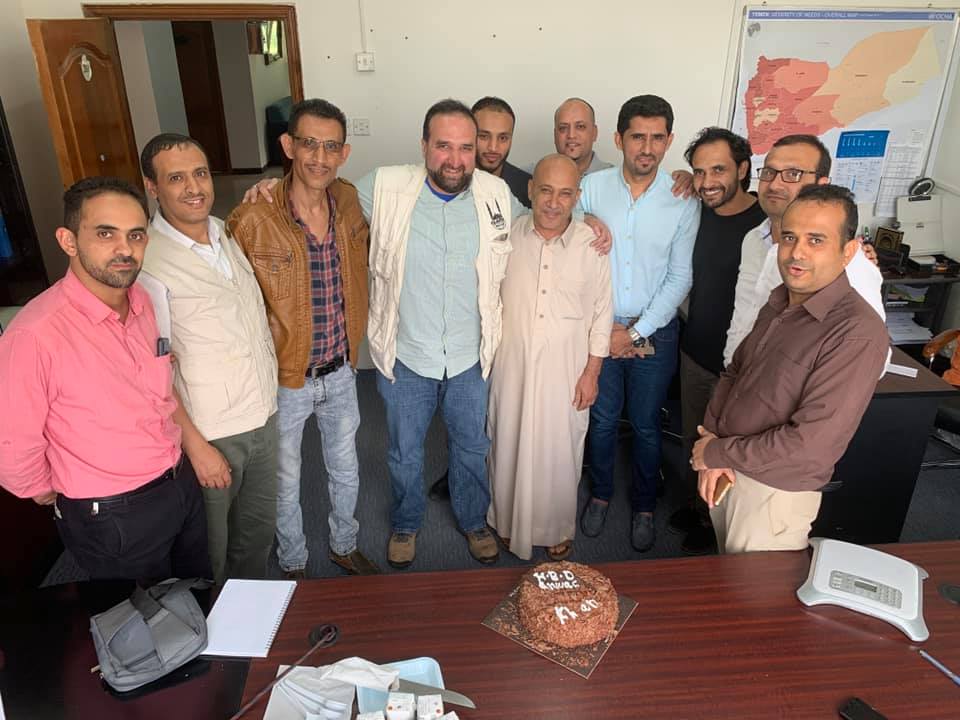Nepal Earthquake: Working Together Six Months On
Islamic Relief has been working in Nepal since double earthquakes tested villagers there six months ago, and as a winter warning has been issued for Nepal’s earthquake survivors, Islamic Relief teams are pushing resiliency efforts on the ground.
When the earthquake struck Nepal on April 25, millions of people were affected. Pictures showed remote villages completely leveled to rubble.
The full impact of the earthquake, which measured 7.9 on the Richter scale, was not known until weeks later as officials and aid workers struggling to reach remote areas. The earthquake took the lives of nearly 9,000 people, and more than 22,000 more were injured.
8 million people were affected and 2.8 million were displaced six months ago. @IslamicRelief #Nepalearthquake
Members of Islamic Relief’s Disaster Response Team (DRT) arrived in Nepal within 72 hours of the earthquake occurring. Their first job was to assess the needs of the local people, and work with the government and other aid agencies to meet that need. Food, shelter and sanitation were among the life-saving help people were requesting.
 Islamic Relief donors sent 715 tents, 11,000 tarpaulin sheets to help keep people in Nepal out of the rain. They also provided 6,500 packages of food and 600 winterization kits, which included necessities like blankets and warm clothing.
Islamic Relief donors sent 715 tents, 11,000 tarpaulin sheets to help keep people in Nepal out of the rain. They also provided 6,500 packages of food and 600 winterization kits, which included necessities like blankets and warm clothing.
Partnering with two agencies, the Lutheran World Federation and local charity Batas Foundation, Islamic Relief decided to focus on four districts; Rasuwa, Sindopalchouk, Nawakot and Sakoo were all remote areas that had been devastated by the disaster, and residents there had not yet been visited by any other organizations. Through strategy and a collaborative mentality, Islamic Relief was able to access many communities that were deemed unreachable.
With nearly $2.6 million in funds from generous donors around the world, the three organizations worked together for the last six months to reach 15,000 families. Among the work jointly carried out, experts have provided 4,286 transitional shelters, using local materials and showing communities how to build their own. These shelters were more robust than tents and helped protect families in the rainy season. They provide suitable shelter until permanent housing can be built.
Donors @IslamicRelief built 1,000 toilets and 18 classrooms so children do not lose access to education #Nepalearthquake
Local residents have been trained in masonry and carpentry to help the communities rebuild homes for families. Slowly, people in Nepal have been returning to a more normal life.
Muhammad Shareef, area program manager for Islamic Relief Worldwide, said: “For the many people who lost one or more loved one in April 2015, life can, of course, never return to normal, but the country as a whole is moving into the recovery stage. With winter around the corner, more support will be needed to help people keep warm and these are just some of our plans for the future.”
Islamic Relief is planning to help people in Nepal become more resilient to disasters in the next 18 months, looking at livelihoods, training, and disaster drills, as well as building 250 shelters.
Plans @islamicrelief for a more winter resilient Nepal: livelihoods, training, disaster drills and 250 sturdy shelters #Nepalearthquake
Nepal can be disaster ready if you keep recovery efforts going.
Resiliency starts with your charity.



